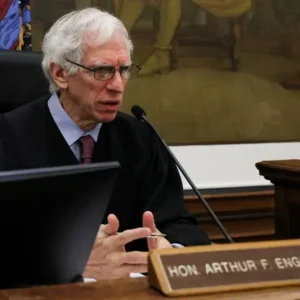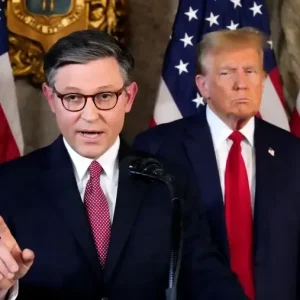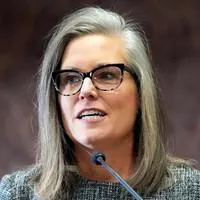The ongoing crisis at the United States-Mexico border has become a flashpoint in American politics, drawing criticism from both sides of the aisle. One of the central figures in this debate is Vice President Kamala Harris, who was appointed by President Joe Biden in March 2021 to lead diplomatic efforts with Central American countries in hopes of addressing the “root causes” of migration. This assignment has led many to question whether she should be held accountable for the persistent challenges at the southern border.
Critics argue that Harris has failed to produce meaningful results. They point to record-breaking numbers of illegal border crossings and the overwhelmed immigration system as signs that her strategy has been ineffective. Detractors claim that by focusing on long-term diplomatic solutions in Central America, Harris has neglected the immediate crisis occurring at the U.S. border. They see her role as symbolic at best, lacking a direct and consistent presence in the region most affected by the surge in migrants.
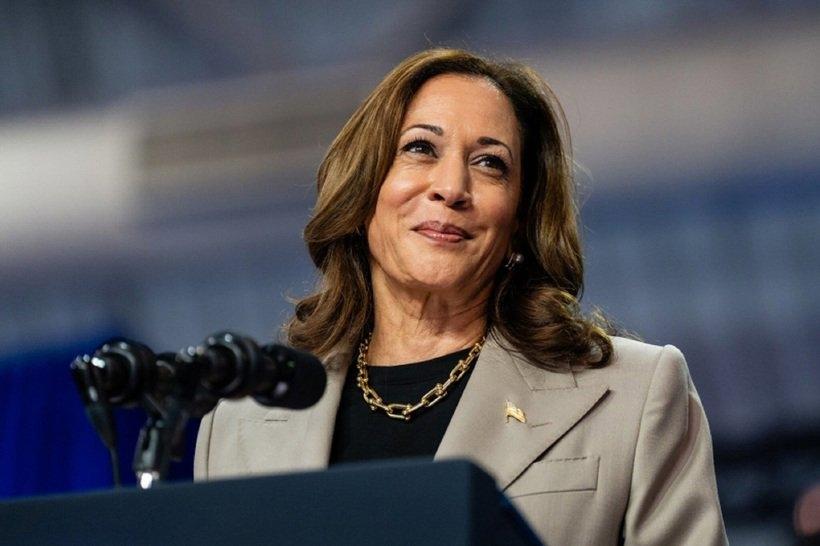
Supporters, on the other hand, argue that the root causes of migration—such as poverty, violence, corruption, and climate change in countries like Guatemala, Honduras, and El Salvador—cannot be solved overnight. They contend that Harris was never tasked with securing the border or managing operational logistics, but rather with fostering long-term stability in Central America. From this perspective, blaming her for current border numbers overlooks the structural and historical challenges that fuel migration, many of which have been building for decades.
Moreover, immigration policy in the U.S. is a multifaceted issue that involves multiple federal agencies, congressional legislation, and international cooperation. Holding one person solely accountable may oversimplify the complexity of the problem. While Harris may have influence, she does not wield unilateral power over border enforcement or asylum laws. As such, attributing full responsibility to her may be politically convenient but ultimately unfair.
It is also worth noting that the Biden administration has faced legal and political obstacles in trying to implement comprehensive immigration reform. Court rulings, opposition from state governments, and a divided Congress have hindered efforts to enact new policies. In this context, Harris’s room for maneuver is limited. Critics who expect quick fixes may underestimate the bureaucracy and gridlock that plague Washington.
That said, public officials are accountable to the people, and the vice president is no exception. While Harris may not bear sole responsibility, her leadership and communication on the issue have left many underwhelmed. A stronger, more visible engagement with both U.S. border communities and Central American partners could have reinforced her commitment and clarified her role. Her absence from the physical border for long periods has allowed political opponents to frame her as disengaged, regardless of her behind-the-scenes efforts.
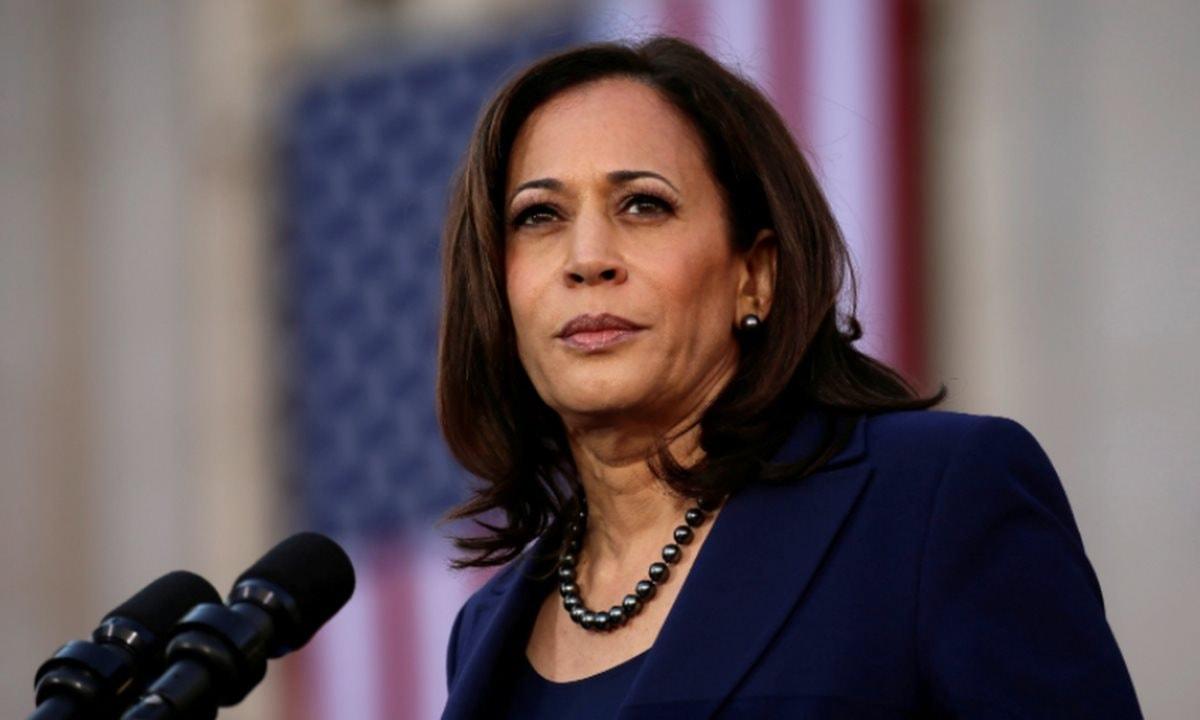
In conclusion, whether Kamala Harris should be held accountable for the border crisis depends on how one defines her role and expectations. The immigration issue is far too complex to be pinned on one individual, but public perception and political accountability demand more transparency and effectiveness from those in leadership. While she may not be the architect of the crisis, Harris cannot entirely escape scrutiny, especially in a political climate where symbols of action—or inaction—carry significant weight.



